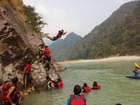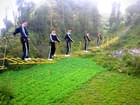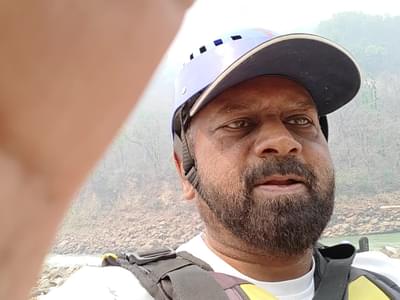Things to Do in Uttarakhand
Uttarakhand, a state in northern India is an all season destination located at the foothills of the Himalayas. The state offers varies sites of interests coupled with an array of adventure activities which comprise of some of the Best Things To Do in Uttarakhand. The state of Uttarakhand is referred as "Devabhoomi" or the "abode of the Gods", for its Hindu pilgrimage sites like Haridwar and Rishikesh. The town of Rishikesh is a major centre for yoga study and Haridwar on the other hand is an important pilgrim hotspot of India where it hosts the evening Ganga Aarti, a spiritual gathering on the River Ganga. Uttarakhand enriches all visitors with its display of heritage and culture that is one of the richest in the world. The state is blessed with wondrous reserves of nature with an abundance of towering mountain peaks, gushing Ganges and fertile Himalayan plains. The regions around Garhwal boast of great Himalayan trekking trails promising some of the most spectacular treks in the Himalayas. Tourists also flock to the beautiful town of Kumaon which is characterised by its serene hills and undulating valleys.
The state is home to many forest reserves and sanctuaries that offer Jeep Safaris, Elephant Safaris and more. The infamous Jim Corbett National Park which is India’s first national park, houses many species of animals and birds and is much revered for sheltering Bengal tigers. Rishikesh is a city made famous by the Beatles’ 1968 visit and now it has grown to become the Yoga capital of India. Rishikesh is also famous for its white water rafting sport which is a top rated activity among the Best Things To Do in Uttarakhand.
The mystical and heavenly appearance, mesmeric beauty and the splendid outlook of the valley make it such.Originating from Ghangria; on the foothills of the Western Himalayas, this fascinating trek comprises of rugged terrains, narrow passages, enticing views of the nearby peaks and steep climbs.
Ascending the strenuous terrains, it takes around a few hours to reach the main valley and upon reaching the flat land, one should spend enough time exploring and witnessing the wonders of the nature.
Best season: Mid July to Mid August
Duration: 6 Days
Altitude: 3,600 m
Rajaji National Park is both a national park as well as a tiger reserve which ranks high amongst the Places to see in Haridwar. The park was created by the amalgamation of 3 sanctuaries- Rajaji, Motichur and Chilla. The park is located in the Shivalik range of Himalayas and spreads over 820kms.
The park is famous for its 600 elephants, 250 leopards, and 11 tigers along with other animals, who have been kept in the natural forest environment. It has now become the second tiger reserve of Uttarakhand after Corbet.
Location -Ansari Road, Mohand Range, Dehradun
Timing- 6 am to 9 am & 3 pm to 6 pm. Visitors booking a full day safari can wait at the rest house inside the forest.
Best Time to Visit - Park remains open from 15th November to 15th June. Park is closed during the monsoon season.
Entry Fee - Rs. 150 per head for 3 hours visit. Gypse rate for 3 hrs safari trip is Rs. 2100 and vehicle entry is Rs.250 per vehicle with Indians and Rs. 500 per vehicle with foreigners. The guide cost is Rs. 600 for general guide and Rs.1000-1500 for experience in wildlife.
History of Rajaji National Park
The Rajaji National Park initially started as three separate national parks in Uttarakhand. The pre-existing natural abundance of the area, along with its thriving community of wildlife, flora and fauna and its idyllic weather served as the perfect premise for the establishment of these national parks.
In 1964, a stretch of the Dehradun Forest spanning 90 square kilometres was declared as the Motichur wildlife sanctuary. The Rajaji Wildlife sanctuary had existed since 1948 and the Chilla sanctuary since 1977 in Shivalik and Lansdowne respectively.
In 1983, these three parks were combined to form the Rajaji National Park as it stands today, which covers an area of over 820 square kilometres. In April 2015, Rajaji National Park received the status of a tiger reserve, making it the second reserve for tigers in Uttarakhand.
It remains one of the most picturesque and well-maintained national parks in the country. The government decided to name the park after one of the most renowned freedom fighters of the country- C. Rajagopalachari, who was known as Rajaji.
After playing a pivotal role in fighting for India’s independence, he was also the last Governor-General of post-independence India. He was awarded the Bharat Ratna for his services to the nation.
A majestic peak nestled in the quaint hill station of Auli, Nanda Devi is renowned as the Goddess of Himalayas. Counted among the many popular UNESCO sites, it is the second tallest peak in India flaunting the surreal backdrops of Garhwal. It stands at an altitude of 7817 meters above the sea level and lures the visitors with its awe-inspiring views.
The peak is surrounded by Nanda Devi National Park where one can bask in nature’s glory and catch the bewitching sight of exotic flora and fauna. Nanda Devi mountain range has two peaks including Western and Eastern peaks. While the eastern peak is named after Goddess Nanda, the western peak is popularly known as Sunanda Peak.
Apart from its natural splendour, the place has also gained massive popularity for its religious significance. Nandadevi is hailed as the Goddess of Uttarakhand and abode of Lord Shiva, which is why it is frequented by a large number of devotees.
This Himalayan beauty is equally popular among adventure enthusiasts and travel buffs for its enthralling trekking routes and serene villages which provide the much-needed relaxation after a hectic day of sightseeing. The 55 Km trek to Nanda Devi flags off from the beautiful town of Lata, takes you through Dharansi Pass, Debrugheta, and Hitoli, and ends at Joshimath.
During the trek, you will get an opportunity to interact with the natives of Himalayas and learn about their lifestyle and culture. You will also get to see the confluence of sacred rivers Nandaprayag, Rudraprayag, and Devprayag.
Nanda Khat (6,611 meters) is a stunning peak in the Kumaon region of Uttarakhand, India, located in the eastern flank of the Nanda Devi Sanctuary. It is a challenging yet rewarding climb, attracting seasoned mountaineers seeking an offbeat Himalayan expedition. The peak offers breathtaking views of surrounding giants like Nanda Devi, Changuch, and Panwali Dwar.
Anasakti Ashram, also known as Gandhi Ashram, is located in Kausani, Uttarakhand. It is a serene retreat where Mahatma Gandhi stayed in 1929, writing his commentary on the Anasakti Yoga. The ashram offers stunning views of the Himalayan peaks, a small museum, a library, and a prayer hall, making it a tranquil spot for reflection and learning about Gandhi's philosophies.
Kausani Tea Estate, located in the picturesque town of Kausani in Uttarakhand, India, is a scenic and serene destination known for its lush tea gardens. Perched at an altitude of 1,890 meters, the estate offers panoramic views of the surrounding Himalayan peaks, including Nanda Devi and Trishul. Visitors can explore the tea gardens, learn about the tea-making process, and enjoy fresh, aromatic tea. The estate is a perfect retreat for nature lovers and those seeking tranquility, making it a must-visit spot for anyone traveling to Kausani.
Kalanag, also known as Black Peak, is a prominent mountain located in the Garhwal Himalayas of Uttarakhand, India. Standing tall at an elevation of 6,387 meters (20,955 feet), Kalanag is revered by mountaineers and adventurers for its challenging ascent and breathtaking beauty. The peak gets its name from the dark-colored rock faces that adorn its slopes, lending it a striking appearance against the surrounding snowy landscape.
The Adi Shankaracharya Temple, located in Srinagar, is a revered Hindu shrine dedicated to Lord Shiva. Perched atop the Shankaracharya Hill, it offers panoramic views of the city and Dal Lake. The temple, rich in spiritual significance, celebrates the teachings of Adi Shankaracharya, the great Indian philosopher and theologian.
Gandhi Ashram in Kausani, Uttarakhand, also known as Anasakti Ashram, is a serene retreat where Mahatma Gandhi wrote his treatise on Anasakti Yoga. Nestled amidst picturesque hills, the ashram offers stunning views of the Himalayas and serves as a museum dedicated to Gandhi's life and teachings.
Shri Maa Chandi Devi Temple, located in Haridwar, India, is a revered Hindu pilgrimage site. Perched atop the Neel Parvat on the Shivalik Hills, it honors Goddess Chandi Devi. Built in 1929 by King Suchat Singh, the temple attracts devotees seeking blessings and offers stunning views of the Ganges River.
Nestled in the serene and picturesque village of Mana, near the revered Badrinath temple in Uttarakhand, lies the enchanting Cave of Veda Vyasa. This sacred site, also known as Vyas Gufa, is steeped in history and spiritual significance, drawing pilgrims and tourists alike to its hallowed grounds.
The Cave of Veda Vyasa is renowned as the legendary site where the sage Veda Vyasa composed the Mahabharata, one of the greatest epics in Hindu mythology. It is also believed that Vyasa dictated the Mahabharata to Lord Ganesha in this very cave, adding a divine aura to the location. As you approach the cave, the tranquil ambiance and the stunning natural beauty of the surroundings make for an awe-inspiring experience. The cave itself exudes an ancient charm, with its stone walls and modest interior creating a sense of stepping back in time.
The village of Mana, where the cave is located, is the last Indian village before the Tibetan border and is often referred to as the "Last Village of India." The journey to this village and the cave is an adventure in itself, with breathtaking views of the Himalayan ranges, verdant valleys, and the gurgling Alaknanda River accompanying you along the way. The crisp mountain air and the serene environment make the journey and the destination spiritually uplifting.
Dhak Village in Uttarakhand is a picturesque gem nestled amidst the majestic Himalayas, offering a serene retreat for nature enthusiasts and adventure seekers alike. Surrounded by lush greenery and snow-capped peaks, this quaint village exudes tranquility and charm.
Gulling Top, nestled in the picturesque state of Uttarakhand, India, is a hidden gem offering mesmerizing views of the surrounding Himalayan landscapes.
Bineshwar Mahadev, located in the picturesque town of Binsar in Uttarakhand, is a revered Hindu temple dedicated to Lord Shiva. Perched at an altitude of about 2,420 meters in the Kumaon region, the temple is surrounded by lush green forests and offers breathtaking views of the Himalayan peaks.
Flowing gracefully through the picturesque landscapes of Uttarakhand, the Ganges River emerges as a symbol of spiritual significance and natural splendor. Originating from the Gangotri Glacier in the Garhwal Himalayas, this sacred river embarks on a journey of over 2,500 kilometers (1,553 miles) before merging with the Bay of Bengal. In Uttarakhand, the Ganges meanders through serene valleys, cascading waterfalls, and dense forests, bestowing life upon the land and its inhabitants.
Nestled amidst the Garhwal Himalayas in the Indian state of Uttarakhand, the Gangotri Temple stands as a revered symbol of Hindu spirituality and devotion. Situated at an elevation of 3,100 meters (10,200 feet) above sea level, this ancient temple is dedicated to Goddess Ganga, the personification of the sacred river Ganges.
Rudranath Temple, located in Uttarakhand, India, is a revered Hindu shrine dedicated to Lord Shiva. Nestled at an altitude of 3,600 meters in the Garhwal Himalayas, it is one of the Panch Kedar pilgrimage sites. Accessible only by a strenuous trek through dense forests, alpine meadows, and scenic landscapes, the temple offers breathtaking views of the surrounding peaks. Pilgrims visit to pay homage to the deity's face, believed to be naturally enshrined in a rock formation. Rudranath's serene and spiritual ambiance attracts devotees and trekkers seeking divine blessings and tranquility amidst nature's splendor.
Osla
Osla, a quaint village in Uttarakhand, India, captivates with its rustic charm and tranquil ambience. Nestled amidst verdant valleys and snow-capped peaks, it offers a glimpse into traditional Himalayan life. Rich in cultural heritage and adorned with ancient temples, Osla invites travellers to immerse themselves in its timeless allure, a haven for those seeking respite amidst nature's embrace.
Bhatwari is a picturesque village nestled in the scenic hills of Uttarakhand, located in the Tehri Garhwal district. The village is known for its serene surroundings, lush greenery, and the majestic Himalayan views that captivate visitors. Bhatwari offers a glimpse into the traditional life of Uttarakhand, with terraced fields, wooden houses, and a community closely connected to nature.
More Uttarakhand Activities
Our Partners
Uttarakhand Things To Do FAQs
What is the best time to visit Uttarakhand?
The months of March to April and September to October are excellent for visiting Uttarakhand because they provide the most pleasant and comfortable weather for a memorable trip. Though the weather is pleasant throughout the year, certain months are just perfectly ideal for exploring all of Uttarakhand's scenic wonders.
Also Checkout : Jim Corbett 3 Days Package
What is the best time to visit Uttarakhand?
Which are the best places for paragliding in Uttarakhand?
How many days are enough for Uttarakhand?
Is there snowfall in Uttarakhand?
Newly Added Uttarakhand Experiences
Uttarakhand Things To Do Reviews
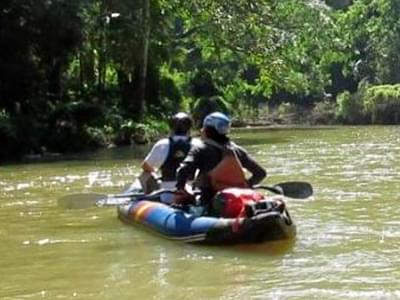



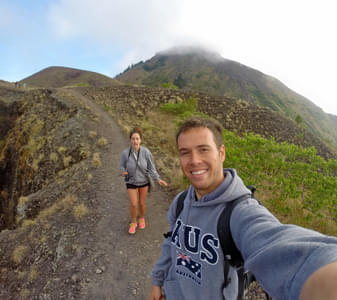
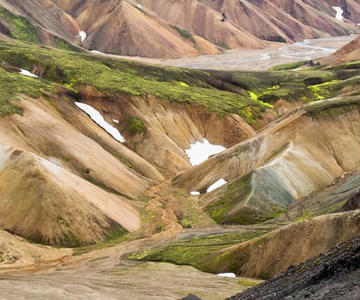

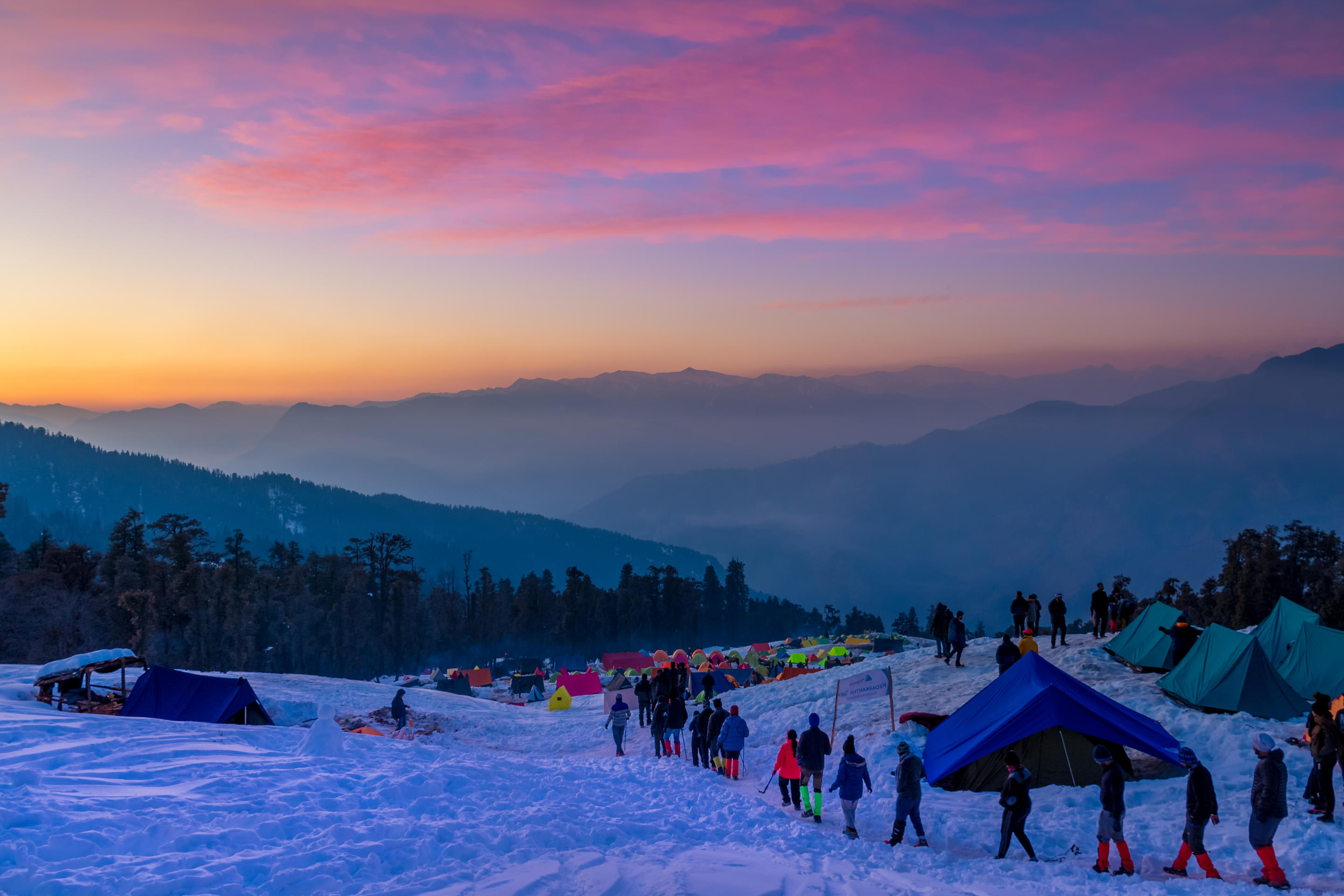













































.jpg?w=1280&dpr=1)








































